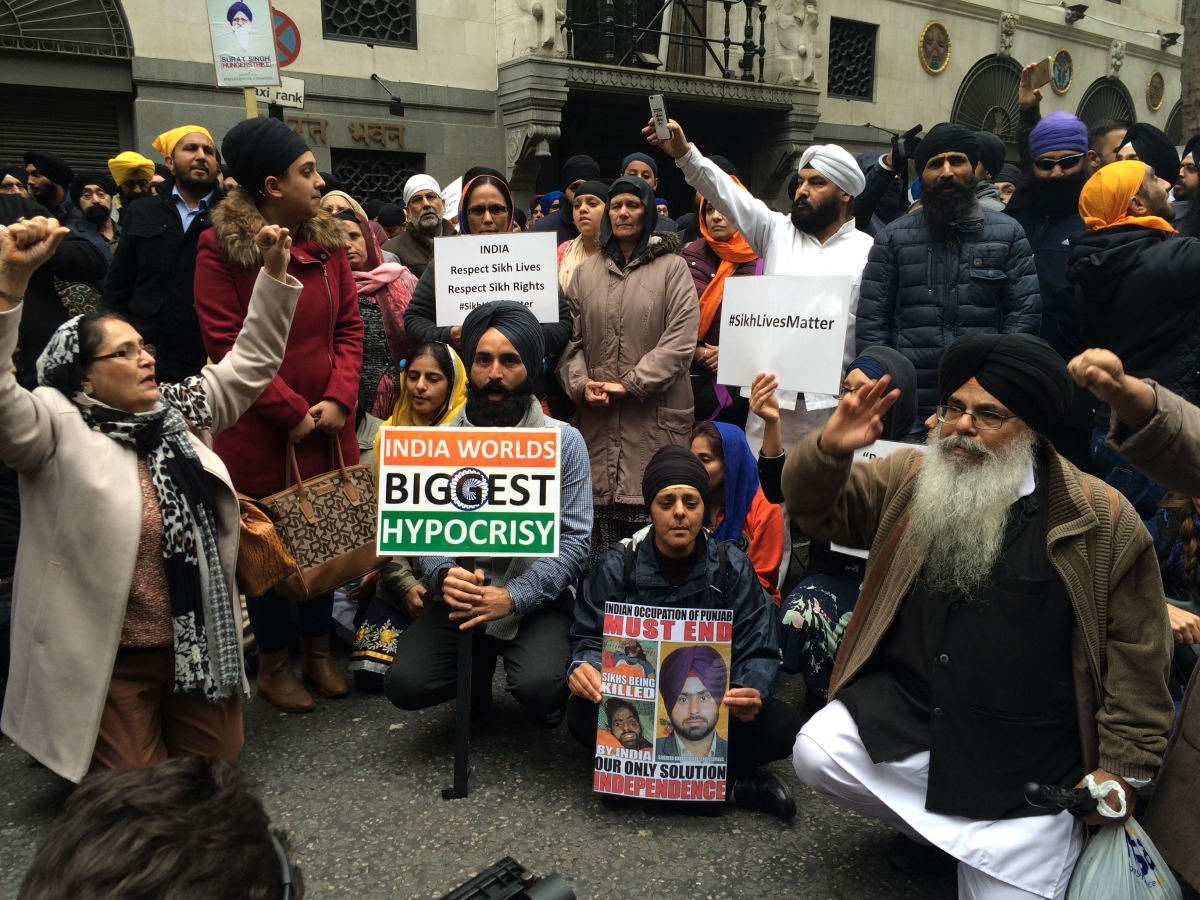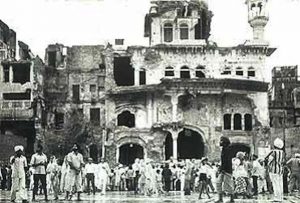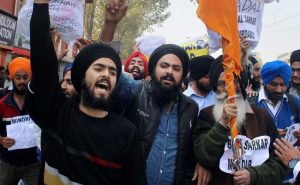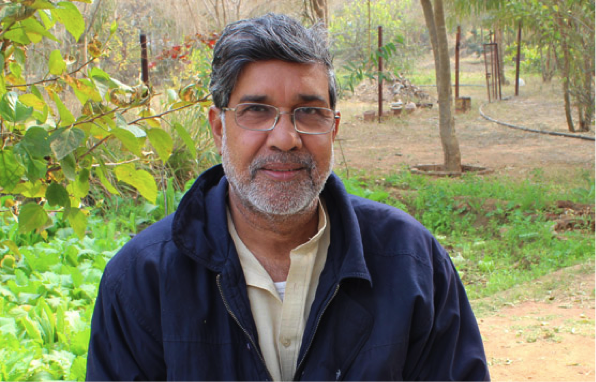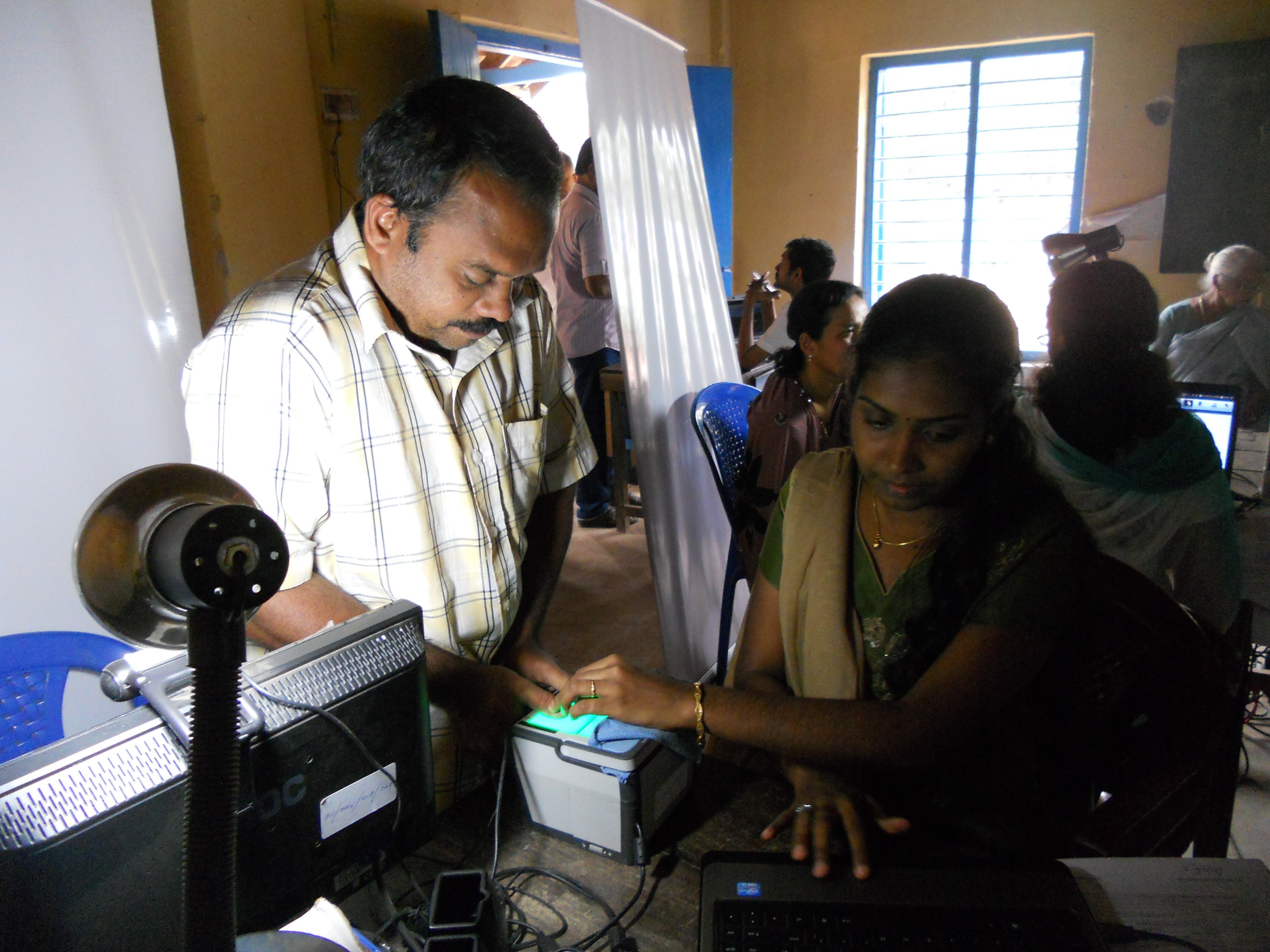When most people think of minority movements, they may think of the movements trending around the world: racial inequality in America, or Islamaphobia across the West. It is also important, however, to recognize the plights of minorities and groups who do not have as much media attention, but are experiencing similar systems of inequality, injustice, and discrimination all over the globe.
A community not many people are familiar with is the Sikh community. Sikhs are adherents of Sikhism, a monotheistic religion founded in North India about 500 years ago. Despite being the world’s fifth largest religion, with over 25 million followers worldwide, public knowledge of the religion is limited as academia and media do not report widely on the community’s affairs. This lack of media attention, however, was criticized intensely by the Sikh community worldwide in a series of protests, petitions, and events over the past couple of weeks.
Last month, the Sikh community was jolted by desecrations of the faith’s holy book, the Guru Granth Sahib, in separate areas of the North-Indian state of Punjab. Initial arrests were made, including the arrest of two Sikh brothers in the main desecration case. However, the brothers were later released due to a lack of evidence after the case reached the Central Bureau of Investigation. This has led some in the Sikh community to believe that the brothers “were falsely implicated by police,” and that the real perpetrators in the other cases have not yet been found. Many members of the Sikh community are wary of the police reports and investigations due to a distrust in police and government officials.
Historically, this sense of mistrust between Sikhs and the Indian government has political roots going back to Indian independence. In 1947, the partition between India and Pakistan cut across Punjab, the traditional homeland of the Sikhs. Many political promises of a separate Sikh state were made but never reached fruition. For some Sikhs it seemed like Muslims received Pakistan, Hindus received India, and the Sikhs received nothing but the partition’s violence.
Tensions continued and escalated in the 1980s. In 1984, the Indian government enacted Operation Blue Star which attacked Sikhs rebels who were calling for a separate nation called Khalistan. The rebels situated themselves in the Golden Temple, one of the holiest sites in Sikhism. Under the orders of Prime Minister Indira Gandhi, the Indian army attacked the temple on a Sikh religious holiday (one of the temple’s busiest days). Official numbers state 575 deaths during the assault, but other reports claim closer to 3,000 deaths, including attending pilgrims.
In the aftermath, Indira Gandhi ordered that the Sikh homeland movement be destroyed through Operation Woodrose. Sir Mark Tully, a BBC reporter who was in India at the time, “confirmed that during this campaign…the police [knew] they could eliminate any suspicious Sikh, although it was never official policy.” From 1984 to 1998, the Sikh community claims that thousands, possibly hundreds of thousands, of Sikhs were abducted, tortured, and killed by official Indian forces. During this time, many Sikh people left Punjab, immigrating to countries all over the world like Canada, England, Australia, and the United States. Adding to the Sikh community’s distrust is that only a few dozen low-ranking individuals have been convicted of attacks from the 1980s to the 1990s, while “those most responsible for killings and other abuses” have failed to be prosecuted by the government.
These most recent desecration incidents in October shook adherents of the faith nationally and globally, spurring demonstrations that condemned the actions, demanded justice, and called for government action. During some of the demonstrations in Punjab, police opened fire on protestors killing two and injuring many more.
The police shootings caught the attention of the Sikh community who called for more international media coverage on the deaths of the protestors. This call for action spanned over all forms media, especially social media platforms like Twitter, Facebook, and YouTube, and resulted in demonstrations worldwide, particularly in the U.K., which has a large Sikh population.
The Sikh Press Association, an organization that works with the British media in order to represent the Sikh community accurately, released a statement about the protests. It reads, “Recent deaths in Punjab have again brought to light the plight of ethnic minorities in India. Sikhs have continually found themselves victims of the most severe kind of police brutality, leading to the death of unarmed protesters and even bystanders during gatherings.” The statements highlighted the long-standing issues of inequality and injustice Sikhs have experienced in India.
Jagmeet Singh, an educator of the Sikh faith with the YouTube channel Basics of Sikhi, described the Sikh community’s frustration: “Indian and Western press failed to question the authorities’ narrative that they only used “minimal force”…despite camera and mobile phone footage showing the Punjab Police damaging vehicles and using violence towards unarmed protesters.”
In response to what Singh and others have called a “media blackout” by the Indian government and official news media on Sikh deaths, demonstrations, petitions, and hashtags were formed internationally in the following weeks.
A Change.org petition, which currently holds over 87,000 signatures, was created against the British Broadcasting Network, BBC, for holding a media blackout against reporting Sikh deaths globally.
This same petition was referenced on October 18 when Jagmeet Singh was invited to a BBC Sunday Morning Live show to discuss inter-faith marriages. Singh interrupted the planned show and stated that, “I have to say Sikhs are being killed in Punjab and no one is reporting it. Please report it.” The video of Singh on the show has since been circulated heavily on YouTube and social media. Later that same week, the Independent, a British news company, released a piece written by Singh explaining the motivations for his actions and the current state of Sikhs in Punjab.
BBC responded to the allegations of a “blackout” stating that the organization has been “covering this story online…on radio…and on the BBC Asian Network.”
The Sikh community also took heavily to Twitter, using a hashtag, #SikhLivesMatter, to draw attention to situation. The hashtag, which borrowed from the #BlackLivesMatter movement, had been used previously to show support for bullied Sikh American kids. The hashtag was used over 40,000 times by October 19 and has been utilized by individuals ranging from members of the Sikh community to members of the British Parliament showing support.
Respect to Jagmeet Singh for standing up and doing what the worlds media haven't done #SikhLivesMatter pic.twitter.com/c7q57tW7EV
— Mr Singh (@eep_singh) October 18, 2015
While the Sikh Lives Matter movement has focused primarily on prejudice and discrimination in Punjab, it has also brought to light the situations of Sikhs in countries like the U.S. and the U.K.
In the U.S., many Sikh men, who wear turbans and keep long, unshorn beards, have been targets of hate crimes and have been mistaken as Muslims, especially since the terrorist attacks of September 11th. The death of Balbir Singh Sodhi, for instance, was the first hate crime fatality after the attacks on the Twin Towers. In 2012, a Sikh temple in Wisconsin was attacked, resulting in six deaths. The same year, Democratic Representative Joseph Crowley, of New York, called for the Federal Bureau of Investigation, FBI, to collect specific data on hate crimes committed against Sikhs. He cited that in 2012 alone, “two Sikh men in…Sacramento were slain, a Sikh temple in Michigan…vandalized, and a Sikh man was beaten in New York.” Earlier this year, on September 15, a Sikh man, Inderjit Singh Mukker, was beaten unconscious in Chicago. Mukker, an American citizen, was reportedly called a “terrorist” and “Bin Laden” during the incident.
In the U.K., one of the most recent clashes between the Sikh community and the British government came up during a Sikh Lives Matter protest during late October. The protest is said to have turned violent and resulted in an injury to a policeman. However, complaints were made when an officer broke the Nishan Sahib, the Sikh flag, and other officers removed protestors’ religious articles during arrests. An apology was later issued by the British Metropolitan Police for disrespectful behavior and extreme tactics towards demonstrators during the protest.
#SikhLivesMatter police are using force to remove the sitdown protest pic.twitter.com/TyqPiJOl6h
— SikhPressAssociation (@SikhPA) October 22, 2015
How the the current Sikh movement will continue to grow is unknown, but it is far from over. The community has found a powerful tool in social media and continues in its activism and advocacy. The situation also sheds a light on the role of the traditional news media, who in the eyes of many in the Sikh community, have failed to serve the public. What this means for the future of traditional news reporting and social media activism will be interesting to see.
Photo Credit: International Business Times
